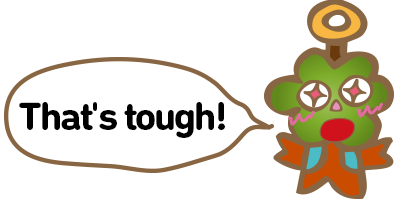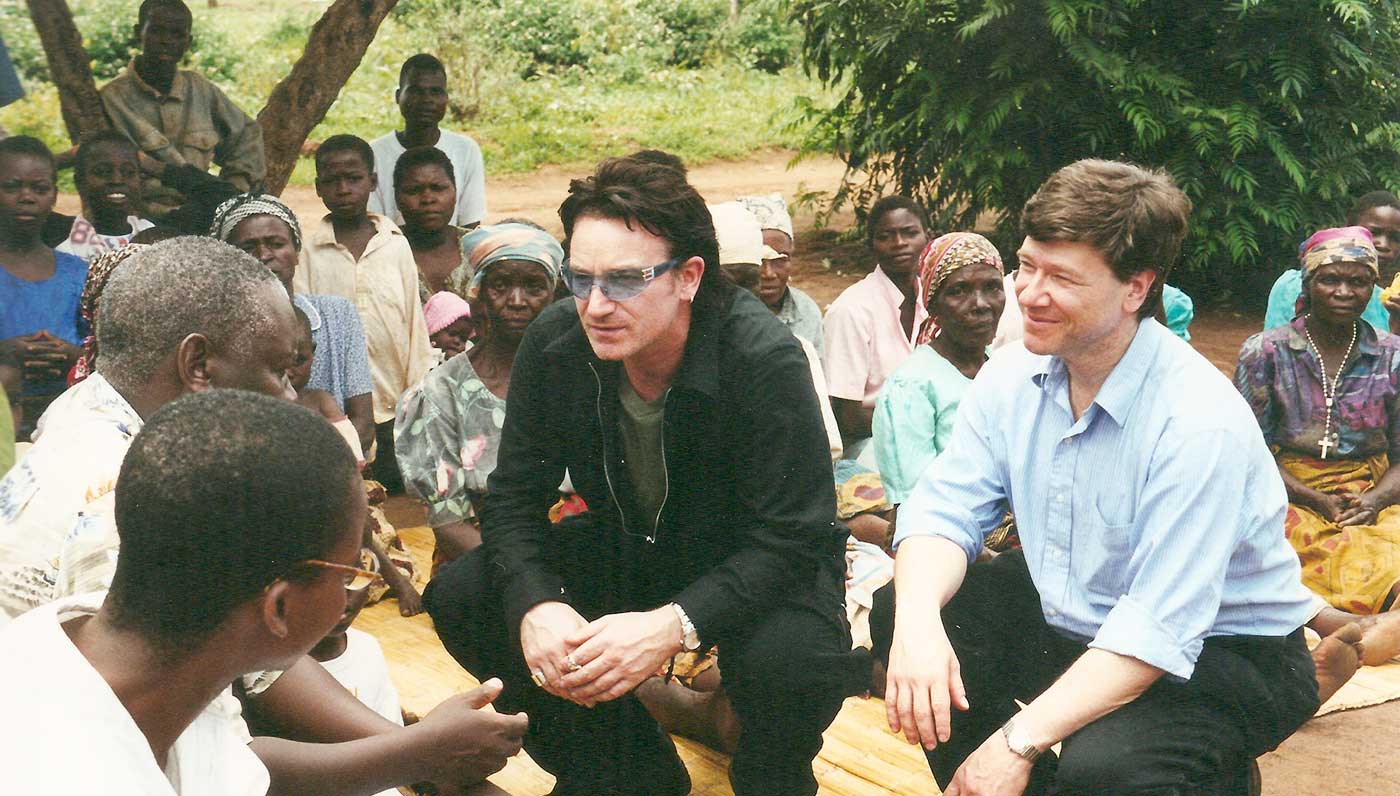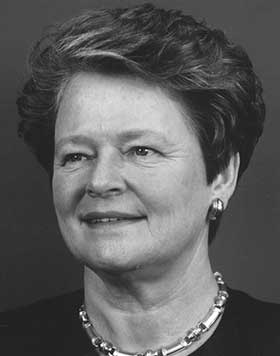3. Fighting Against Poverty
Poverty traps
Professor Sachs went to Africa in 1995. The area to the south of the Sahara Desert suffers the most serious poverty in the world. Professor Sachs started working on solving the extreme poverty suffered by people who do not have even the bare necessities of life.
Let's think about why there are rich countries and poor countries. What causes such gaps? Professor Sachs thinks in the following way:
No, it is not. Because of advances in science and technology, we can now overcome any number of disadvantages. Professor Sachs calls the process of economic growth the "ladder of development." If people can reach the first step on the ladder, the country can make progress by itself. However, poor countries usually have difficulty getting to the first step on the ladder due to their poverty. We call this a poverty trap.
Disease in Africa
Let's go back to Professor Sachs' visit to Africa.
He used his experience to understand what kept Africa in the poverty trap. What he found was that despite the rich savanna, farming villages in the area were isolated because of the lack of usable roads. This prevented the economy from improving.
He identified other problems as well. In Africa, infectious diseases such as AIDS, tuberculosis, and malaria were prevalent. Although treatments were developed, many in Africa were dying due to a lack of availability. Professor Sachs thought it would be difficult to promote economic growth in Africa before taking measures to treat these diseases.







